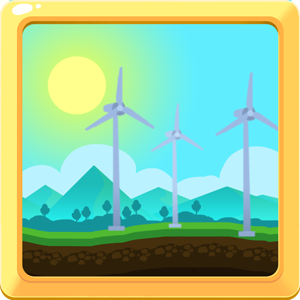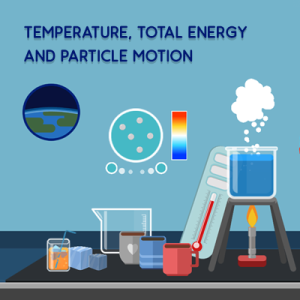Activity 1: Simulation Game. Estimated duration: 10 min
John Travoltage
Play with John’s foot and arm to explore when he gets a zap! Describe and draw models for common static electricity concepts, such as transfer of charge, attraction, repulsion, and grounding. Note: Students will automatically move through this simulation after 10 minutes of playtime.
Ratings
Teacher Ratings (64) 2.5 stars.
Student Ratings (13517) 3.3 stars.



